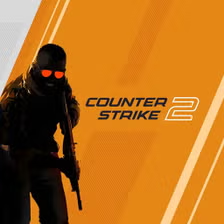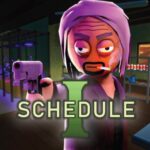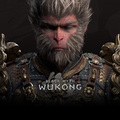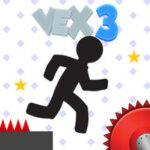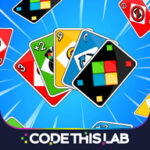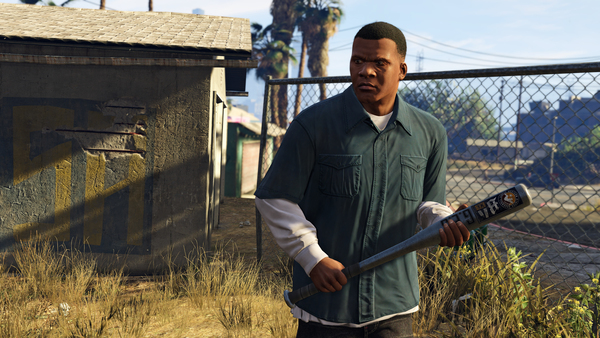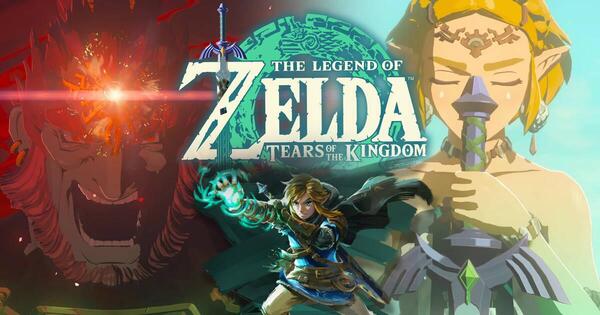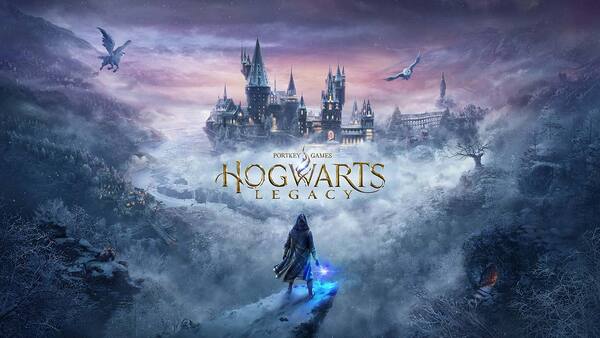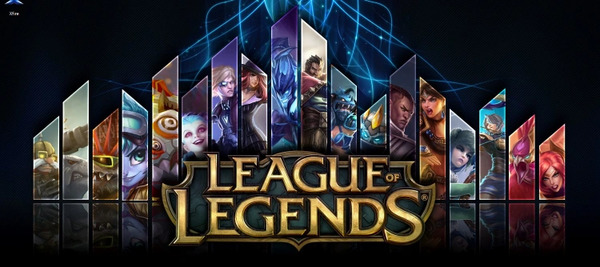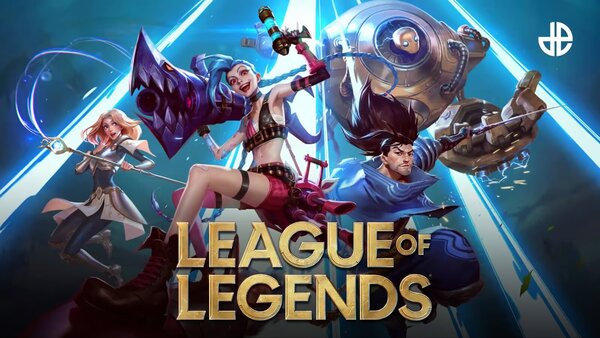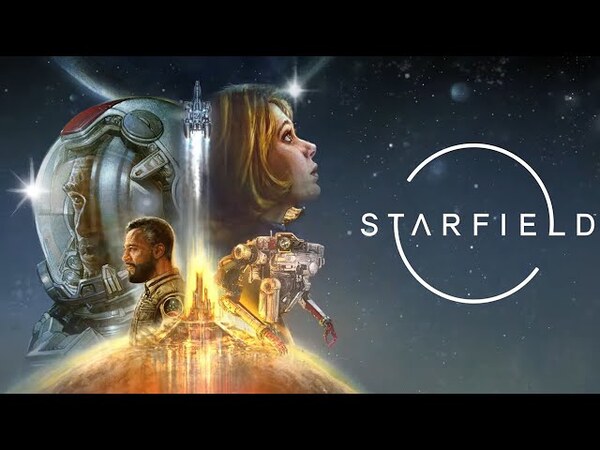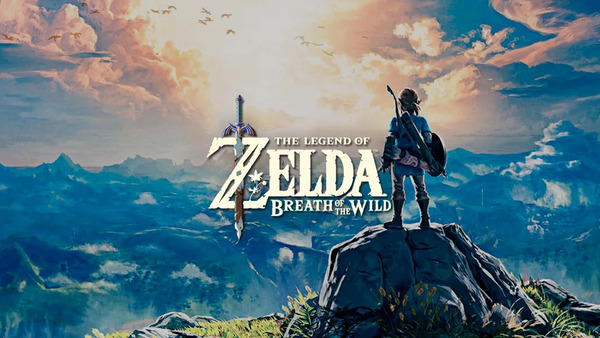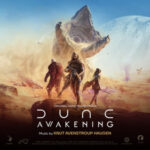Roblox: The Digital Playground Empowering the Future of Gaming
Meta Description:
Roblox has become more than a game—it's a global platform for creativity, coding, social interaction, and game development. Discover its rise, mechanics, community, and lasting influence.
What began as a modest sandbox in the mid-2000s has transformed into one of the most influential gaming ecosystems on the planet. Roblox is not just a game but a creation platform that empowers millions to build, share, and monetize their own experiences. From casual gaming to advanced coding education, Roblox touches every corner of interactive digital culture.
This article dives deep into Roblox’s origin story, development system, gameplay mechanics, community structure, safety model, and future. Whether you're a parent, gamer, or aspiring developer, this guide will give you an expert look at what makes Roblox a unique titan in the gaming world.
Origins of Roblox: A Vision of Interactive Creation
Roblox was founded in 2004 by David Baszucki and Erik Cassel under the name DynaBlocks. The vision was to create a digital environment where users could build anything imaginable using blocks and Lua-based scripts. The company rebranded to Roblox in 2005 and officially launched to the public in 2006.
In its early years, Roblox catered mostly to kids and teens interested in building simple games and environments. Its blocky graphics and open-ended structure resembled LEGO combined with early sandbox-style games. What set it apart was its user-generated content focus—players were not just consuming content, but creating it.
Despite its modest beginnings, Roblox steadily built a loyal following, especially among young creators. Its intuitive design tools and scripting capabilities empowered everyday users to become game developers.
How Roblox Works: Platform vs. Game
Unlike traditional games, Roblox is a platform—a framework that hosts millions of games, called “experiences,” created by users. The Roblox Studio, a standalone application, allows developers to build games using Lua, a lightweight programming language.
Users can design anything from obstacle courses (obbies) and role-playing games to complex simulations and virtual concerts. Roblox provides templates, 3D modeling tools, animation libraries, and cloud hosting so that even beginner creators can bring their ideas to life.
Players browse these experiences through the Roblox app or website. Games range from single-player adventures to massively multiplayer online worlds with intricate economies and social systems. This structure makes Roblox infinitely replayable and constantly evolving.
The Rise to Popularity: Viral Growth and COVID Boom
Roblox’s user base began expanding rapidly in the 2010s, driven by its accessibility, social features, and word-of-mouth marketing among school-aged children. The real explosion came during the COVID-19 pandemic, when kids stuck at home turned to online platforms for entertainment and social interaction.
By 2021, Roblox had over 200 million monthly active users. It became a go-to destination for virtual birthdays, digital classrooms, and even corporate-sponsored in-game events. Brands like Nike, Gucci, and Netflix began creating their own Roblox experiences to engage with younger audiences.
Its viral growth was further amplified by platforms like YouTube and TikTok, where influencers showcased Roblox gameplay, game creation tips, and custom avatars.
Community-Driven Development: A New Generation of Game Creators
At the heart of Roblox is its community of developers. Anyone can become a creator by downloading Roblox Studio and building an experience. There are no upfront costs or publisher requirements. Creators can earn Robux (the in-game currency), which can be exchanged for real-world money through Roblox's Developer Exchange (DevEx) program.
Some developers, like the teams behind Adopt Me! and Brookhaven, have made millions of dollars through microtransactions and game passes. Roblox supports developers with tutorials, forums, analytics tools, and even funding through its Creator Fund.
This model democratizes game development. Young users are learning programming, 3D modeling, and game design while having fun. Roblox has effectively created a pipeline from casual player to professional developer.
The Social Side of Roblox: Communication and Digital Identity
Roblox is also a social platform. Players can chat in-game, join groups, send friend requests, and customize their avatars. Many popular games emphasize cooperation or competition, encouraging interaction between players from around the world.
The avatar system allows users to purchase clothes, accessories, animations, and gear, creating a personalized digital identity. This fosters self-expression and drives the in-game economy.
Virtual events, like concerts from Lil Nas X or KSI, and seasonal festivals have turned Roblox into a social hub. Players log in not just to play, but to hang out, explore, and attend events with friends.
Monetization and the Robux Economy
Robux is the lifeblood of the Roblox economy. Users can buy Robux with real money, which can then be spent on game passes, avatar items, and other in-game content. Developers earn Robux by selling game features and then cash out via DevEx.
Game takes a percentage of each transaction, but the system remains one of the most creator-friendly monetization models in gaming. Developers are encouraged to create engaging, ethical monetization loops rather than exploitative ones.
There are also paid premium subscriptions that offer monthly Robux stipends and other benefits. This structure keeps the platform free-to-play while providing a robust economy for developers and content creators.
Roblox Studio: The Engine Behind the Magic
Roblox Studio is the game engine that powers the entire platform. It is surprisingly advanced, offering tools for scripting, animation, particle effects, sound integration, and UI design. Despite its complexity, the interface is accessible to beginners through drag-and-drop features and visual scripting aids.
More experienced developers can leverage Lua scripting for custom mechanics, physics behavior, server logic, and monetization systems. Studio supports team-based development and version control, making it suitable for both solo creators and large studios.
The platform also supports cross-platform development, meaning a single game can run on PC, mobile, Xbox, and VR without modification.
Safety and Moderation: Navigating a Platform for Kids
Given that a large portion of Roblox’s audience is under 18, safety and moderation are paramount. Roblox employs thousands of moderators, automated filtering systems, and AI tools to monitor chat, usernames, and uploaded content.
Parents can enable privacy settings, disable chat, and limit interactions through the parental control system. Despite these tools, the open-ended nature of Roblox means that occasional inappropriate content or scams can surface.
Roblox has invested heavily in improving safety features and educating parents about responsible usage. The platform also complies with COPPA and other international regulations regarding child online privacy.
Educational Value: Learning Through Play
Roblox isn’t just about entertainment—it’s become a gateway to STEM education. Through platforms like Roblox Education, students learn coding, design, entrepreneurship, and teamwork in a hands-on environment.
Many schools and coding academies now use Roblox Studio to teach game design and computer science. Students create their own games, test their logic, and publish their work for the world to see.
The accessibility of the platform lowers the barrier to entry for tech education. Roblox is essentially turning players into developers and developers into entrepreneurs.
The Future of Roblox: Beyond Gaming
Game is evolving into a metaverse platform—a persistent digital space for creation, commerce, and connection. The company has announced plans to support more realistic avatars, voice chat, layered clothing, facial tracking, and even generative AI tools for development.
Its vision includes immersive digital workspaces, concerts, learning environments, and marketplaces. With a successful IPO and continued expansion, Game is positioning itself at the forefront of interactive online platforms.
The next frontier includes expanding its appeal beyond children, improving monetization tools, and enhancing development pipelines for professional-grade experiences.
Conclusion
Roblox is one of the most revolutionary platforms in modern gaming. By empowering users to create, share, and monetize their own experiences, it transcends traditional game boundaries. It’s a training ground for the next generation of developers, a social space for digital natives, and a versatile platform that continues to innovate. While safety and moderation require ongoing vigilance, the potential for creativity and community remains unmatched.

